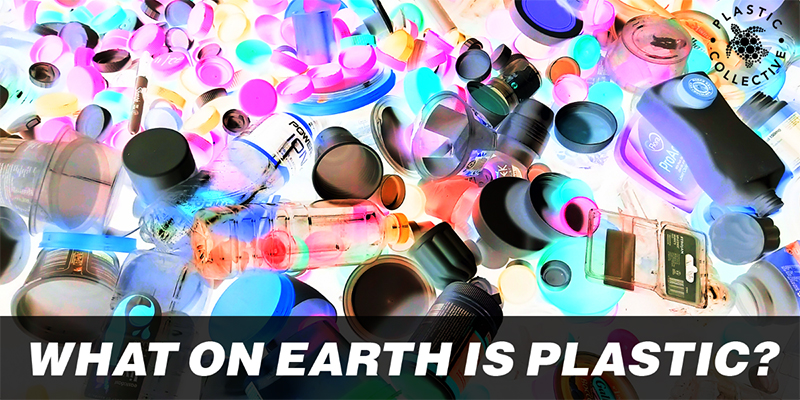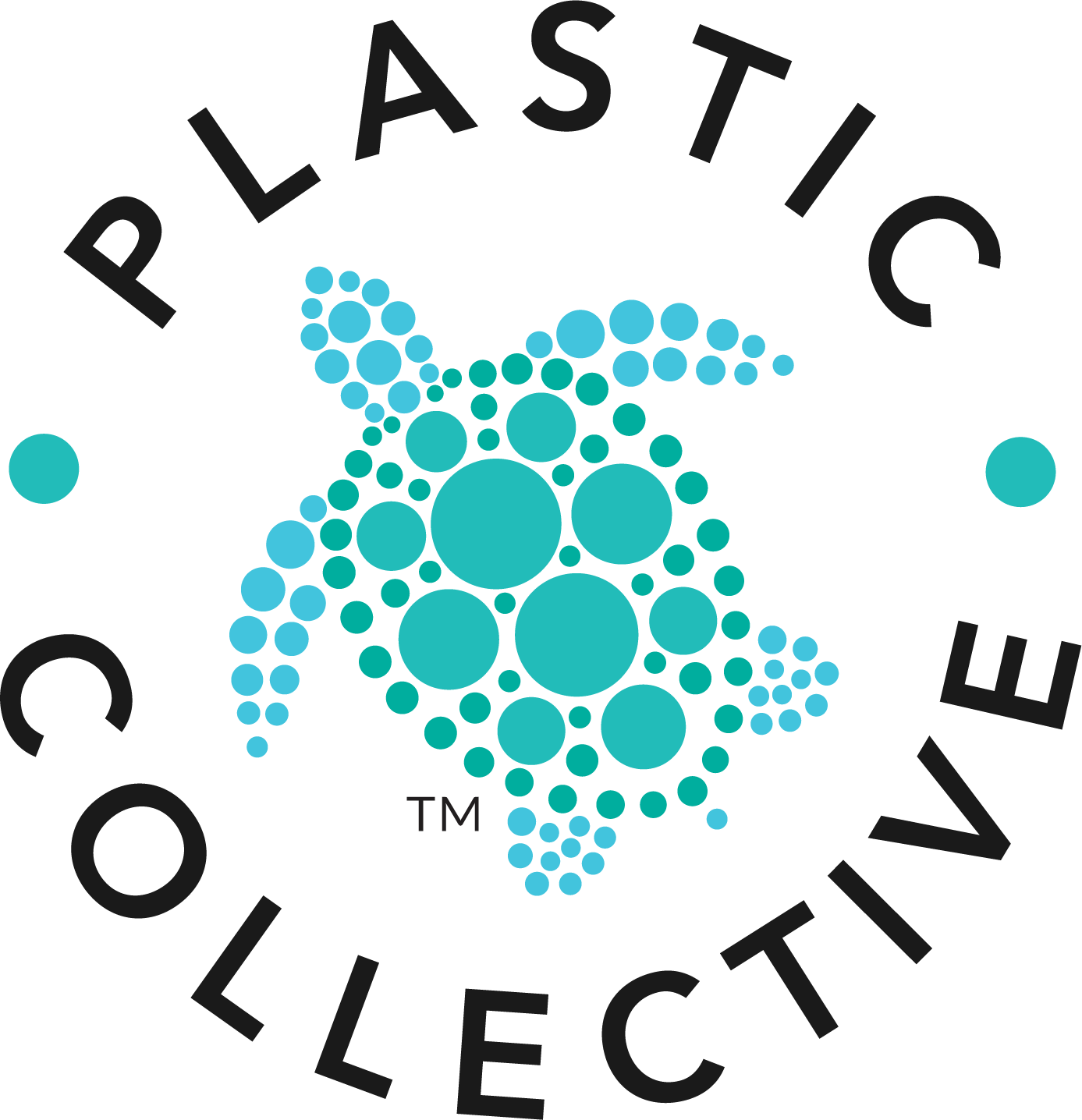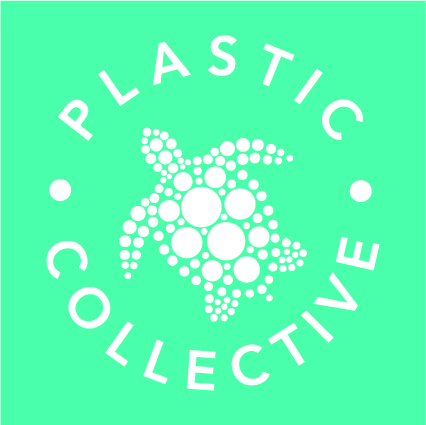Plastic Pathway – Guidelines for Corporate Plastic Stewardship: Intro

Corporates and their customers are increasingly aware of the challenges that plastic pollution poses to our environment and of the need to collectively rethink our approach to plastic use and management as part of climate action.
The question for corporates is then – what should they do and what can they tell their customers?
To support industry in taking leadership action, the Guidelines for Corporate Plastic Stewardship (the “Corporate Guidelines”) were released in February 2021 by the 3R Initiative, EA, South Pole and Quantis.
The Corporate Guidelines are a set of best practices for accounting and reporting of plastic footprints and other metrics, mitigation methods and commitments to reducing plastic waste and accompany Verra‘s Plastic Waste Reduction Standard (the “Plastic Standard”), a global accounting standard for plastic collection and recycling activity.
To guide corporates through the application of the Corporate Guidelines, Plastic Collective developed a multi-step Plastic Pathway which provides a substantiated basis for the commitments or claims that a corporate wishes to make, tied to its underlying activities.
As part of the Plastic Pathway we:
- Define the scope of the Corporate’s new plastic stewardship initiative;
- Take stock of mitigation activities;
- Take stock of metrics such as the plastic footprint, leakage, recycled content and end of life waste management such as landfill and recycling rates;
- Identify possible commitments and claims, such as Net Zero, and plastic credits requirements;
- Identify partnerships;
- Establish longer term targets to use plastic less (such as reducing plastic packaging, reuse of plastic) and to promote circularity, sustainability and the circular economy ; and
- Communicate results.
In this blog mini series we explore in depth the methodologies of the seven steps above including what a company does at each stage of the process and what it communicates to its market.
Let’s start with scope.
The first step in a corporate’s Plastic Pathway is defining the scope of the underlying assessment, specifically:
- The level: is the Plastic Pathway for a single product, a product line, a market, a brand or for the entire company?
- The types of plastics to be included: macroplastics only or also microplastics?
- The system boundary: plastic associated with a company’s activities can arise upstream of the company, in the operations of the company itself, and downstream of the company. Which will you include?
The level at which the Plastic Pathway can be applied is up to you. In deciding, think ahead to what you want to say to your market – do you want to make claims at a company-wide level or for a specific product line?
When deciding on plastic types and system boundaries, the Corporate Guidelines require that at a minimum, the macroplastic waste generated downstream of a company’s operations is included. This means that any upstream-downstream plastic (plastic which enters the company operations and leaves with the product such as product fibres), and operational-downstream plastic (plastic that is attached to a product within the company’s operations and leaves together with the product such as packaging components) must be included. Downstream only plastics (plastics that are never handled by the company such as a retailer’s plastic carrier bags) are optional. [Source: Corporate Guidelines, section 2.2]
When setting the scope, consider the time and resource investment you are prepared to make at this point. If unsure, consider starting with a single product or a product line, focusing on macroplastics, and downstream only plastic waste. This is usually the quickest way to start making commitments and claims and the scope of the activity can always be widened at a later point.
In blog 2 of this miniseries we will look at mitigation activities.
Find out more about how Plastic Collective works and get latest news and info about Plastic recycling, clean energy and the effects of climate change, by subscribing to the Plastic Collective newsletter.

